Find out from Jean Gonzalez-Crespo, all about how a project aimed at restoring mangroves destroyed by Hurricanes Irma and Maria will help protect part of Puerto Rico’s coast-line and its wildlife, whilst also helping the people that live there.
Puerto Rico’s fragile coastline needs help, badly.
With the support of the University of Wisconsin-Madison, BirdsCaribbean, and Environment and Climate Change Canada (ECCC), the University of Puerto Rico at Aguadilla’s Center for Coastal Restoration and Conservation, known locally as Vida Marina UPR, is about to start work on the restoration of four valuable mangrove forests in the Northwest region of Puerto Rico. These forests were destroyed after the two storms – Hurricanes Irma and Maria – hit the island in 2017, a “double whammy.” Critical infrastructure was left at the mercy of future storms, future hurricanes, and in danger of future destruction.
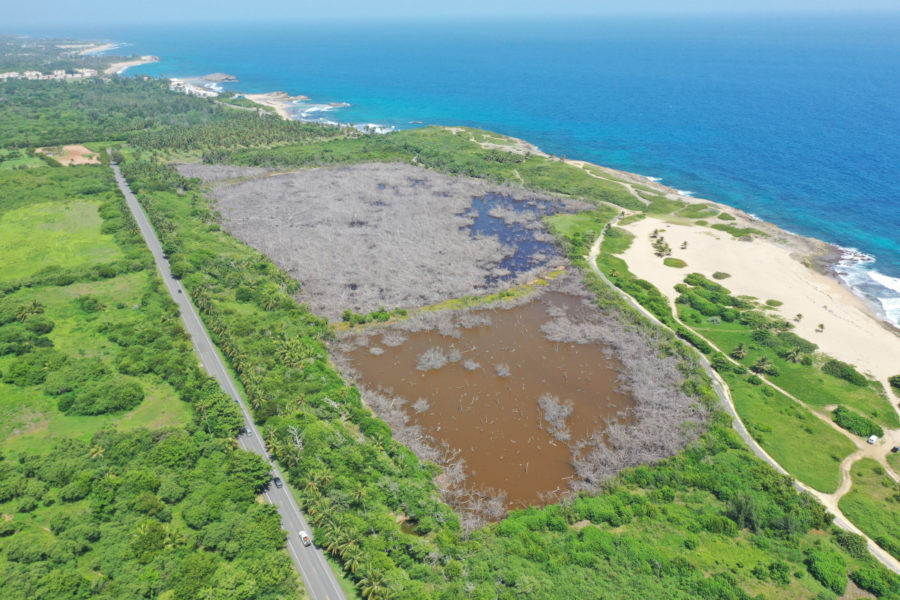
However, thanks to funding provided by the National Fish and Wildlife Foundation’s Coastal Resilience Grant, our center is now able to help in the recovery of these remarkable ecosystems—bulwarks against the impact of climate change. We are scheduled to start planting mangroves by the end of May 2021, but we already taking a look at the current conditions of our restoration sites, preparing for our work, and coordinating future activities that will integrate local communities into the restoration process.
What’s in it for humans?
Well, where do we start? There are actually so many important benefits. It’s a win for humans.
The restoration of these mangroves will reinstate the primary line of defense against storm surges for local communities, that increasingly threaten their livelihood and economies. Main access to roads and sanitary infrastructure, essential for those living on the coast, will be protected. The restored mangroves will also provide habitat for many species that, when carefully managed, will be sustainably harvested for local consumption or sale.
Also, thanks to the aid of UW-Madison’s Latino Earth Partnership’s training, we will get communities involved. Citizens on the ground will take “ownership” of the project, and the work will create a sense of stewardship that will result in stronger and more resilient coastal communities. The training will help create community groups that are empowered to identify and respond to threats to their homes and their livelihoods – swiftly and effectively.
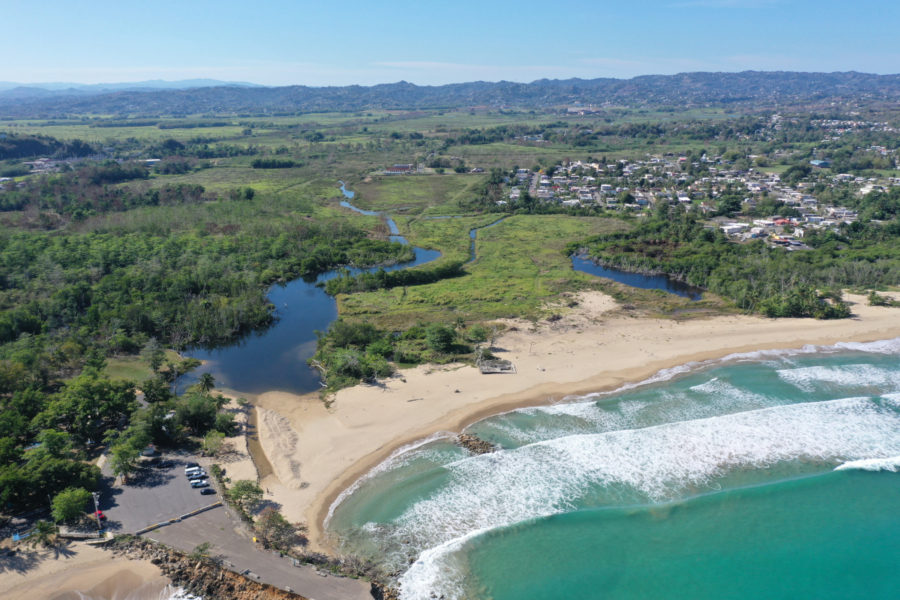
Making life better for birds
It will take time, but the aim is to bring them back.
Our project will restore 59 hectares of severely degraded Basin Mangroves that serve as habitat for a wide range of species, including waterfowl. This should improve the diversity of waterfowl species, which appears to have decreased after the storms of 2017. We are currently carrying out periodic bird surveys, and will continue to do so throughout entire restoration process. If we are to be successful in this restoration, we should, among other things, be able to reach levels of waterfowl diversity like those before the hurricanes.
Efficient mangrove and wetland plant germination
It’s all about getting those seeds going. Now, we have the opportunity to grow and plant more trees, by improving our greenhouse arrangements.
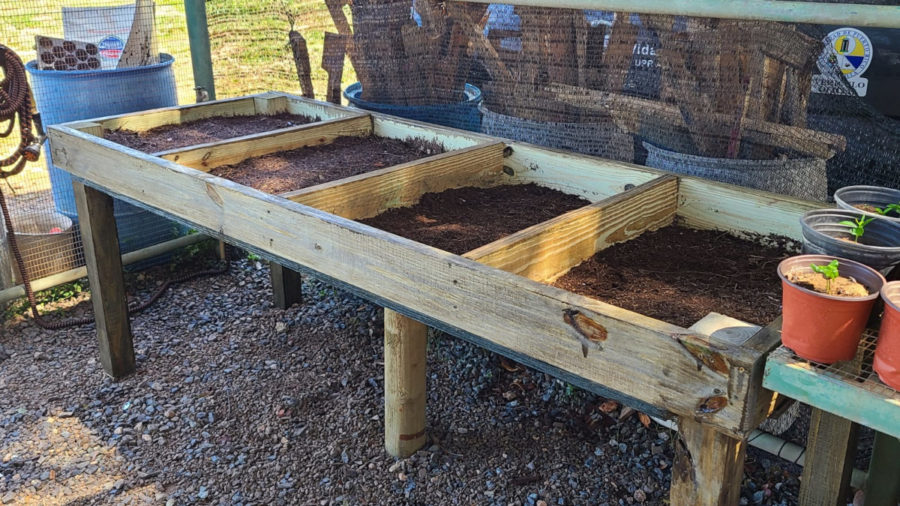
We expect to plant at least 11,500 mangrove trees to be successful; it will take a great deal of time and effort. However, thanks to funding from BirdsCaribbean and ECCC, we were able to significantly increase the rate at which we can grow mangroves and other wetland plants in our greenhouse. With the construction of two seed germination tables, we will be able to grow mangroves more efficiently by maximizing our greenhouse’s limited space. Normally, we would have let all seeds germinate in flowerpots. Not all seeds planted will germinate, so this would result in unsuccessful pots occupying a space that a growing tree would have used. Our new germination tables will give a great boost to tree production. They will not only reduce the amount of time and effort invested in producing mangroves. They will also help us plant more trees in our sites than we initially planned.
Putting the green in greenhouse
Water is always a major concern.
Thanks to this funding, our greenhouse’s irrigation system is now able to run almost exclusively with stored rainwater. This “greener” alternative allows us to save a considerable amount of water each year. It’s a simple way in which we can help protect our country’s water supply and the environment. Additionally, this will give our plants enough water to survive through droughts that can result in the rationing of water.
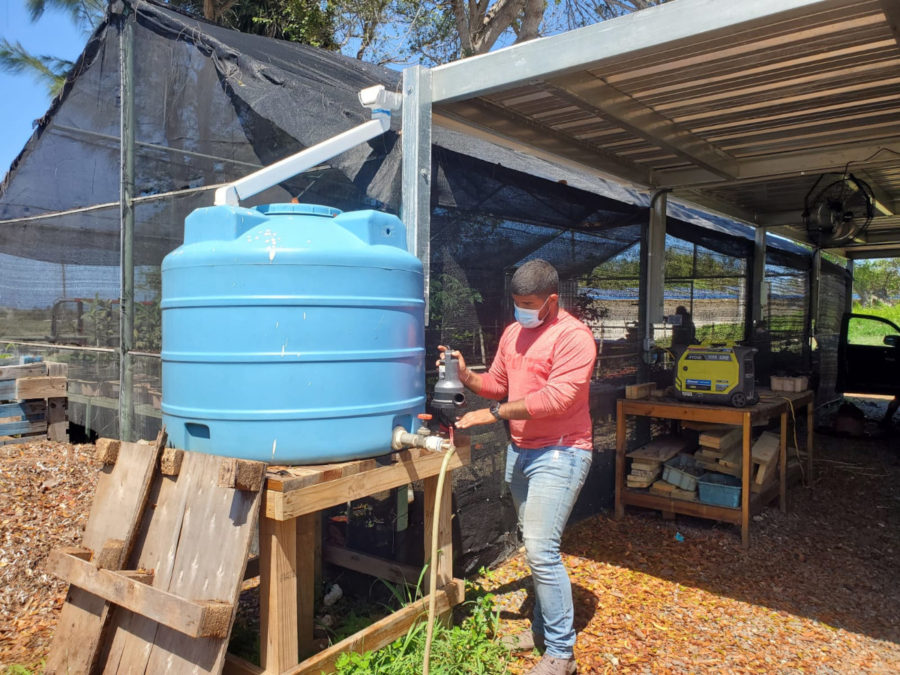
Training the next generation of ecologists and restoration practitioners
Young people will learn practical, hands-on techniques.
Under the mentorship of experienced researchers, undergraduate and high-school students involved in our project will be able to develop valuable research skills. Also, since they will take an active role in the monitoring of animal diversity, they will learn multiple survey techniques as well as the fundamentals of native plant and animal identification.
Our trainees will also have the opportunity to learn how to operate unmanned aerial vehicles (drones), as well as other types of technology, to solve different conservation issues. They will also learn how to interpret and analyze multiple types of data. Most importantly, they will be able to play a part in the planning and implementation process of wetland restoration. It will be a rich and rewarding learning experience for them.
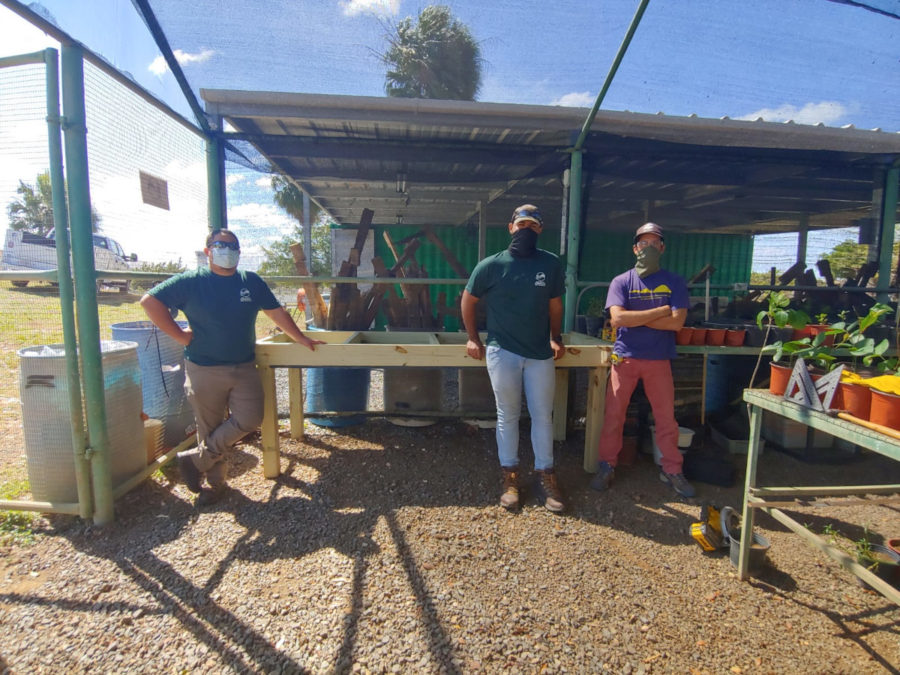
It really does take a village to restore mangroves
Team work is everything. It is only through our partnerships with local communities, environmental groups and agencies, and both state and municipal governments that we will be able to achieve our restoration goals. Without their support, this project, like many others, would be close to impossible to complete. We are as excited as our partners as we get to work to bring back these wonderful forests, which make a tremendous difference to Puerto Rico’s coastal defenses. This is a project that will benefit both humans and wildlife in years to come.
Jean Gonzalez-Crespo is a PhD student from UW-Madison who works as a project assistant in this study. He has worked on multiple bird conservation projects in Puerto Rico since 2017. In addition to overseeing the anuran and avian monitoring of this project, Jean also works in the conservation of the Yellow-shouldered Blackbird—an endangered species unique to Puerto Rico.
